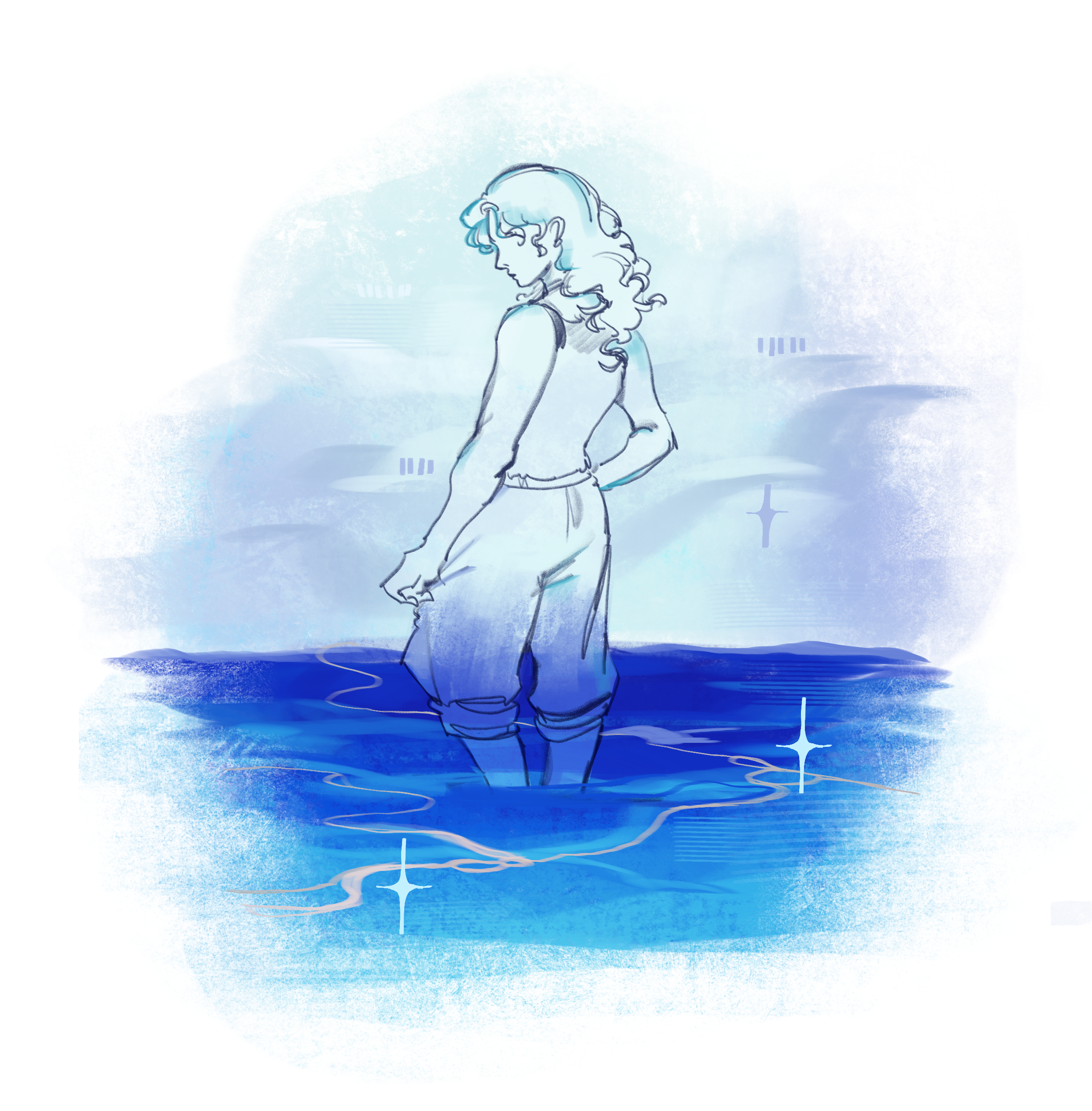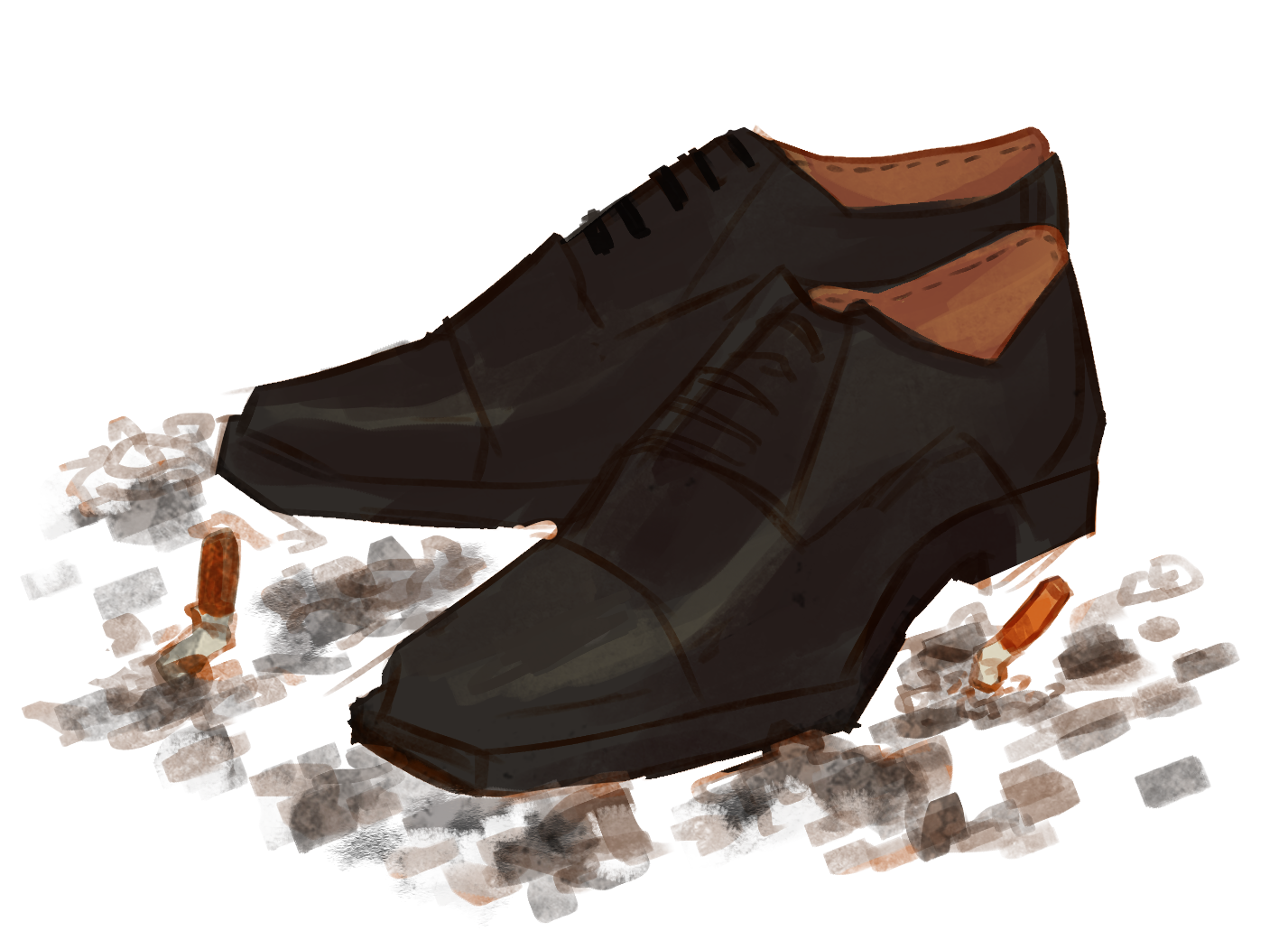Written by Jo Weiss
It has been over a decade since Christopher McDougall published his seminal book Born to Run, a title that has sold over three million copies and appeared on the New York Times Best Sellers list for four months. Drawing on human evolution and the modern-day case study of the Tarahumara, an indigenous tribe with an affinity for endurance running, McDougall argued running is a part of human nature. According to McDougall, “If you don’t think you were born to run you’re not only denying history. You’re denying who you are.”
While McDougall cites Palaeolithic times, modern history is likewise rich with stories of people turning to running, underscoring its enduring relevance to humanity. A notable example is found in the running boom of the 1970s, during which around 30 million Americans took up the sport. Participants included the likes of former President Jimmy Carter, who engaged in daily runs behind the White House and infamously failed to finish a road race after suffering from exhaustion. The increased interest in running catalysed the creation of several major races, a phenomenon that reverberated globally. London Marathon co-founder Chris Brasher, for instance, was in part inspired by the American passion for running that he witnessed during the 1979 New York Marathon.
Concurrent with growing societal popularity, coverage of running emerged across media platforms, literature, and academia. Central to 1970s scholarship was the notion of ‘running addiction’ and whether it created more benefits or drawbacks. While psychiatrist William Glasser (1976) postulated long-distance running induced a positively addicted (PA) state that strengthened coping mechanisms for life’s stressors, sport psychologist William Morgan (1978) emphasised its negative implications. Suggesting an addiction to running fuelled disassociation, Morgan argued runners may overlook warning signs of serious injuries as well as broader social and professional obligations.
Beyond investigations into the implications of running, scholars attempted to trace its origins. McDougall’s assertion that humans are natural-born runners draws on the endurance pursuit (EP) hypothesis, introduced by biologist David Carrier in 1984. This theory advances the idea that humans developed endurance running traits to optimise hunting, enabling them to track prey to exhaustion amidst hot climates. Two specific features of human anatomy stand out, namely the ability to dispel metabolic heat through sweating and the fatigue-resistant fibres of our locomotor muscles. Though some critics are sceptical that early humans partook in endurance pursuits, a 2024 study published in Nature Human Behaviour supports its findings through an ethnohistoric database and mathematical modelling.
The abundance of studies on running’s physiological and mental benefits seemingly supports that idea that humans are inherently designed for running. Regular running has been shown to improve cardiovascular health, immune function, and sleep. Additionally, it has positive effects on mental wellbeing due to the release of endorphins, which can improve mood and alleviate symptoms of anxiety and depression.
Heightened awareness of these numerous health benefits is surely part of the reason the world is experiencing a running boom not unlike that of the 1970s. Amid the onset of the COVID-19 pandemic, running saw a surge in popularity, as people sought a safe, accessible way to stay active and manage stress levels. Running continues to captivate many, with 2023 Google data evidencing that searches for “running route near me”, “how to get into running”, and “how to start running” have increased by 50%.
Yet, it is not just the prospect of better health that is driving interest; running has arguably become a social trend. While some may run in search of the elusive, almost mythical ‘runner’s high’, others are motivated by entirely different reasons—and luckily, modern run clubs cater to all. Fuelled by social media platforms like Instagram and TikTok, run clubs are now heralded as the ‘new dating apps’ or the perfect way to meet like-minded friends. In particular, the craze of run clubs is largely an urban phenomenon, with major cities such as London offering a dizzying array of options. To illustrate, Friday Night Lights features runners dressed in neon attire, jogging to explosive pop music as a healthier alternative to clubbing, while These Girls Run offers a communal running sisterhood, and Track Mafia an outlet for speed enthusiasts.
The newfound popularity of running brings an increase in social media coverage, as health and wellness narratives skyrocket. Donning the latest HOKA shoes, AeroSwift shorts, and hydration vests, influencers around the world post carefully curated shots of their running routes, toned legs, and post-run coffees. Such visuals are a far cry from McDougall’s message on running: inspired by the Tarahumara, who often run in sandals, he suggested that ‘barefoot running’ could reduce injuries. It is questionable whether running completely barefoot is a feasible option for the average runner, but perhaps a more applicable insight from McDougall is that the Tarahumara had “never forgotten what it felt like to love running”.
Emphasising that running is often viewed as a gruelling, punishing undertaking, he praises how the Tarahumara find joy in the sport by embracing it as a natural human ability. This is also reflected in their running style, with one seasoned endurance runner left stunned by how “they seemed to move with the ground, kind of like a cloud or a fog moving across the mountains”. On the flipside, it can be argued that no matter what drives people to run – whether pure joy for the sport, a desire for improved health, or the influence of social media – running’s widespread appeal affirms its enduring connection to human nature.
If running is indeed a natural human affinity, I certainly struggle to tap into mine and find joy in what can feel like a relentless, uphill battle. To endure, I typically zone out or saturate my mind with music and podcasts to distract myself from the present moment, which does not exactly exhibit a love for running. However, in rare, fleeting moments, I too can feel the ecstatic freedom purported by passionate runners, and the idea that running is engrained in our very nature becomes more tangible. During those moments, as the wind rushes past me and I feel my heart pounding, there is a visceral sense of being alive—a feeling that grows more meaningful in an increasingly superficial reality. Whether or not humans “were born to run,” it is undoubtedly a powerful belief with the capacity to inspire dedicated training. I know I’ll keep that in mind the next time I try to motivate myself to run through the cold, wet, and unforgiving London winter.





